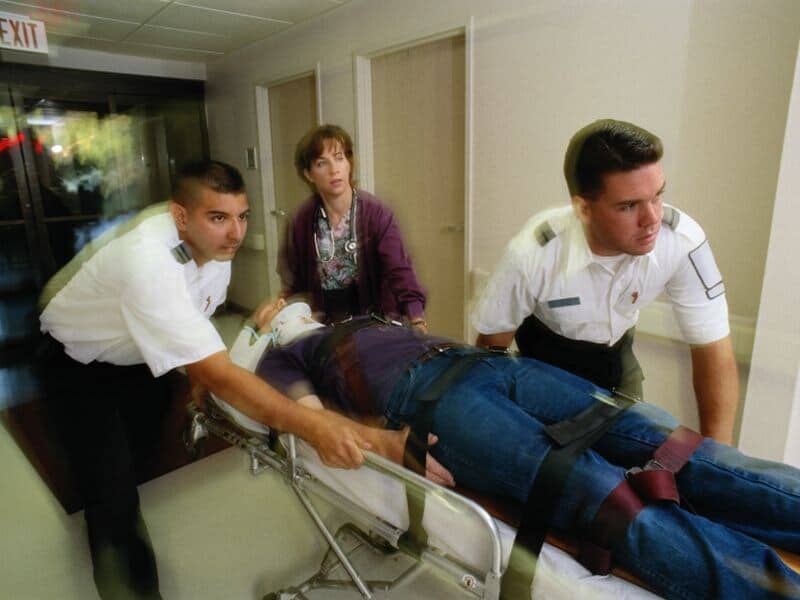WEDNESDAY, Sept. 18, 2019 (HealthDay News) — Having a pharmacist in the emergency department significantly shortens the time to administration of treatment to reverse anticoagulation in patients with life-threatening bleeds or the need for urgent procedures, according to a study published online Aug. 22 in the Journal of Emergency Medicine.
Dalila Masic, Pharm.D., from the Loyola University Medical Center in Maywood, Illinois, and colleagues retrospectively analyzed time from presentation to four-factor prothrombin complex concentrate (4F-PCC) administration among patients on oral anticoagulants who presented to the emergency department from 2014 to 2018 with life-threatening bleeding or the need for an urgent procedure. Time to administration was compared for patients with pharmacists at bedside (PharmD group; 50 patients) and physician teams alone (control group; 66 patients).
The researchers found that most patients presented on warfarin (68.1 percent), and of the life-threatening bleeds (94 percent), intracranial hemorrhage was most common (67.2 percent). The investigators noted a significantly shorter median time to 4F-PCC administration in the PharmD group (66.5 versus 206.5 minutes). While there were no differences between the groups for hemostasis or mortality, patients in the PharmD group had shorter length of stay in both the intensive care unit (two versus five days) and hospital (5.5 versus eight days).
“A clinical pharmacist provides valuable therapeutic recommendations and optimizes time to receipt of life-saving pharmacotherapy,” the authors write.
Abstract/Full Text (subscription or payment may be required)
Copyright © 2019 HealthDay. All rights reserved.



